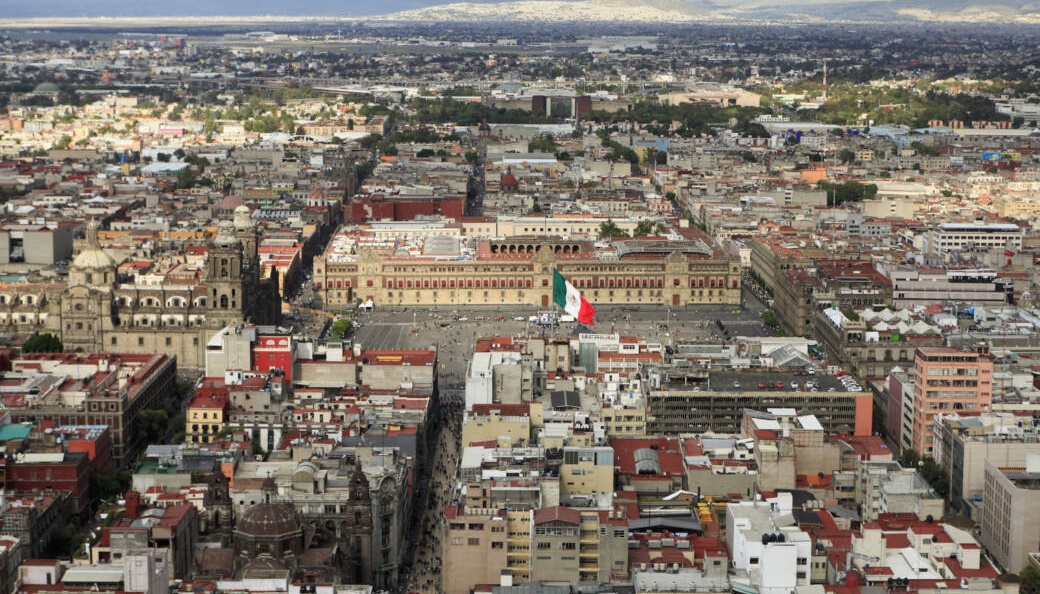Why the metropolis of Mexico City is sinking dramatically

Many historic buildings in Mexico City have been sinking for years – sometimes at a high rate.
Mexico City is a city of superlatives, with well over 20 million inhabitants one of the largest metropolises in the world. The city was founded in the early 14th century, but is now under massive threat. Because a large part of the center in Mexico City is lowering dramatically. Some buildings sink up to 40 centimeters per year into the ground.
According to the Spanish-language newspaper “Excelsior”, “DF” (for Districto Federal, the local nickname for Mexico City) has dropped by up to 14 meters over the past 150 years. At the cathedral in the historic city center alone, it was 12 meters. The center itself sinks by 5 to 7 centimeters per year. Many buildings are already below the level of the surrounding streets. Deep cracks have formed on numerous facades. Experts fear an increased risk of collapse – especially since an earthquake like that of September 19, 2017 could happen again.
Huge demand for drinking water
The reason for the strong subsidence of the buildings is that Mexico City is literally built close to the water. When the Aztecs built their metropolis Tenochtitlan on the site of today’s city in 1325, it was still surrounded by Lake Texcoco. The Aztecs built artificial islands to allow the city to grow. In the course of the conquest by the Spaniards, the lake was drained – an extremely unfavorable soil as the foundation of today’s megacity.
However, the reason for the sinking is more a phenomenon of the city’s recent past, namely its massive need for drinking water. According to the geoscientist Celia Carreón Freire, 70 percent of this comes from the groundwater resources under Mexico City, as she told Notimérica: “In the past 50 years there has been a massive exploitation of these water resources.” As a result, the ground subsided, so destabilized , drastically, because the clayey layers of the earth became unstable.
“This process will continue for another 100 years”
Germán López Rincón, professor of geotechnics, also confirms this view to “Telemundo”: “Since the 19th century, water has been extracted from the ground to supply the city. Even if water was stopped immediately, the process of subsidence would continue for the next hundred years.” The city has already taken measures in places that are important for visitors. So next to the Basílica de la Virgen de Guadalupe, which is important for believers, a new, safe place of worship was simply built because the original is too in danger of collapsing.
The area around the city’s airport is particularly hard hit by the subsidence, at a rate of 20 to 24 centimeters per year. Celia Carreón Freire does not see any acute danger for the city. She says: “It’s a very slow sinking, and at the same time the ground around the affected buildings is also sinking, so that they can sort of adapt.”
The phenomenon of building subsidence in and around Mexico City has long been known, according to a 2009 academic paper quoted by Excelsior. It says, among other things, about possible dangers for the city, water pipes, but also buildings could collapse.




